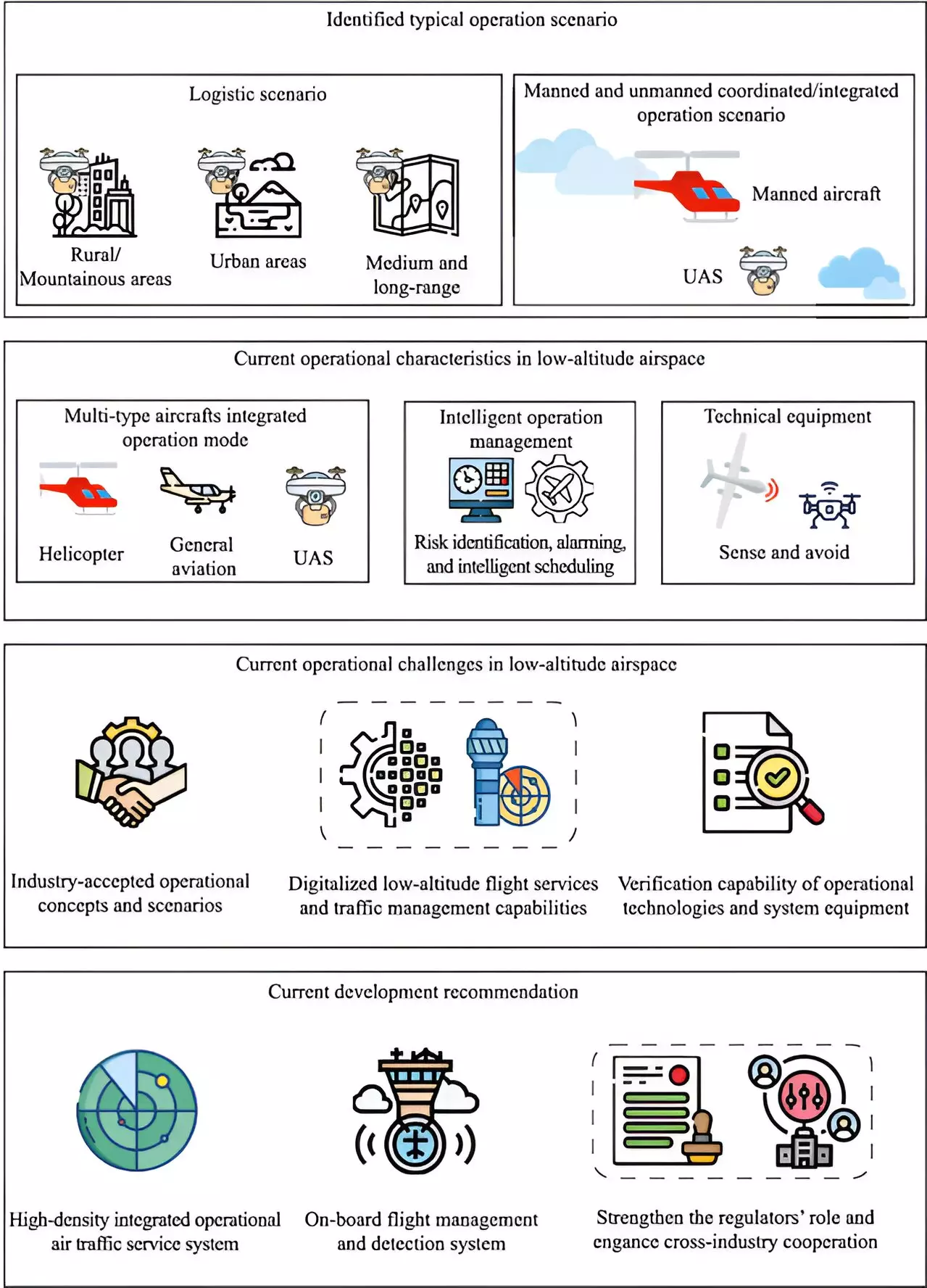China is making significant strides in the field of unmanned aerial systems (UAS), leading to a transformative shift in low-altitude airspace management. The nation’s focus on integrating a growing number of unmanned aircraft into its airspace has presented both challenges and opportunities in terms of regulation, technology, and industry practices.
China has historically had a complex airspace classification system, mainly dominated by military and commercial aviation. However, since 2010, there has been a push to reform low-altitude airspace management to include general aviation and UAS. The Civil Aviation Administration of China (CAAC) has taken the lead in establishing low-altitude flight service support systems to accommodate these changes.
One of the most notable developments in China is the rapid growth of the UAS industry, making the country a global leader in drone manufacturing. Drones are now widely utilized in various sectors such as logistics, agriculture, and environmental monitoring. The increase in UAS flight hours surpassing those of manned aircraft showcases the shift towards unmanned aviation in China.
The integration of UAS into China’s airspace involves adapting UAS traffic management systems, conducting technological tests, and verifying new operational concepts. While the benefits of using drones in logistics and emergency situations are evident, there are also challenges, including ensuring safety in urban areas, integrating traffic management technologies, and establishing operational standards for UAS operations.
Looking ahead, China is poised to expand the role of UAS, including their applications in passenger transport and international logistics. This expansion will require continuous advancements in technology and regulatory frameworks to maintain safety and efficiency. As China refines its approach to low-altitude airspace management, the global aviation industry is closely monitoring its progress, recognizing the country’s potential to set international standards in unmanned aviation. With ongoing research, development, and regulatory adjustments, China is paving the way for a future where drones play a central role in the national airspace ecosystem.



Leave a Reply